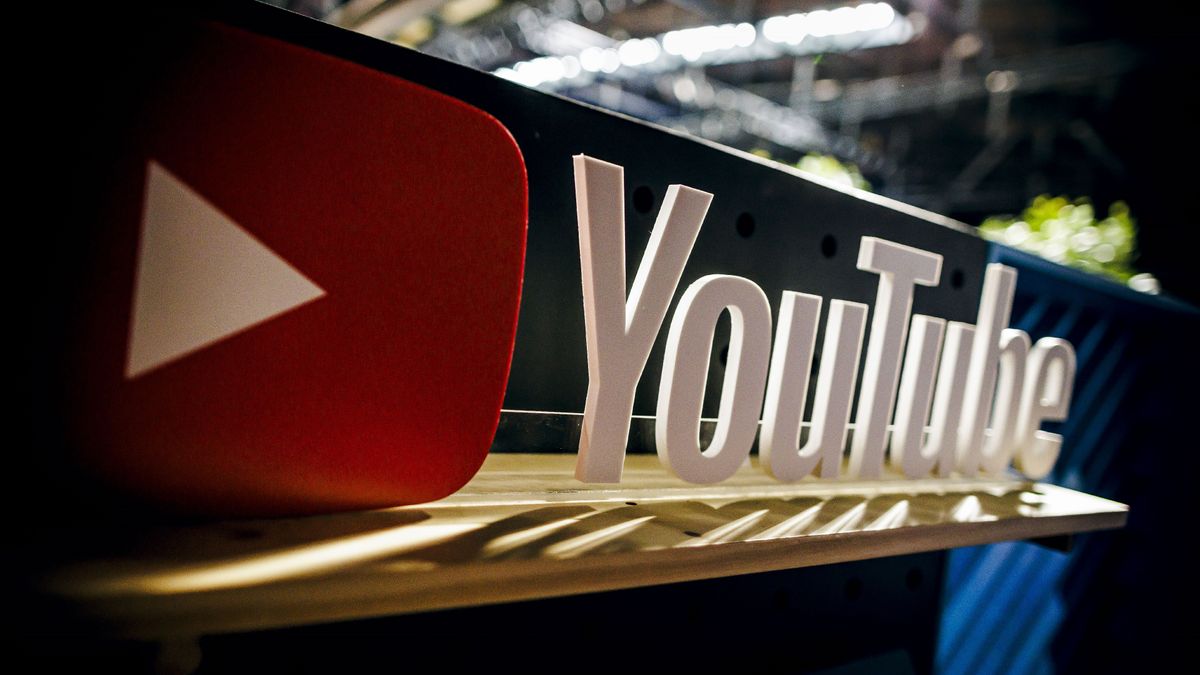First reported by Android Authority, a recent Google earnings call included praise for a pilot program to show users ads when they pause videos on YouTube’s TV app. The company has so far only experimented with pause ads on the TV app, but its apparent success is a cause for concern with future inclusion on the mobile or desktop versions of YouTube.
Google Chief business officer Philipp Schindler said on the call that “In Q1, we saw strong traction from the introduction of a pause ads pilot on connected TVs, a new non-interruptive ad format that appears when users pause their organic content.” Schindler also noted that such ads “are commanding premium pricing from advertisers.”
This program was first rolled out last Spring, and to date, the new pause ads have only been trialed on YouTube’s TV app. Ad sales are YouTube’s primary source of income, similar to parent company Google, so its efforts to detect and thwart adblockers while experimenting with new, more invasive forms of advertising make sense from a business perspective.
As they begin to mar the user experience, however, we find a case of conflicting incentives for users, video creators, and the platform itself. A lot of this came to a head at the beginning of the year, when a bug in a popular Chrome adblocker led to long load times and spikes in CPU usage on YouTube. Most users and publications, including us, assumed this was a new strategy by YouTube to combat adblockers.
Whatever the cause of the load time issue, it led me to throw in the towel and start paying for YouTube. I’m not proud of it, but at least in the coming dark future I’ll never be faced with unskippable ads for quirkily-marketed electric trimmers or some kind of soap that’s just “for the fellas” whenever I pause a 45-minute video essay about Divine Divinity or whatever.

Laura Adams is a tech enthusiast residing in the UK. Her articles cover the latest technological innovations, from AI to consumer gadgets, providing readers with a glimpse into the future of technology.








